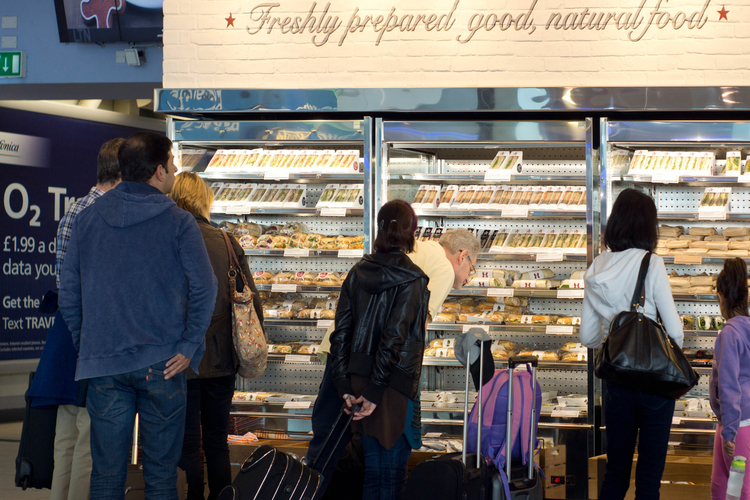Salad Ingredients That Seem Healthy But Actually Aren’t
A salad seems like a good choice when you’re trying to lose weight or add more produce and healthy foods into your diet. And if often is! Yet, the greens alone don’t make it a light, wholesome choice—the ingredients you choose as toppings matter too.
For example, some toppers are better than others, and while you know not to go for crispy croutons or fried wontons, for example, there are actually are couple of healthy-sounding toppers that can set you back a few hundred calories and excess grams of sugar or sodium.
And the worst part? You would never know! These are some diet disasters that you should be wary of when you’re creating a fresh salad from scratch. Don’t be fooled by their “health halos,” and choose a better set of toppers instead!

Dried Fruit
Fruit that’s fresh can be a great topping, such as strawberries or blackberries, as well as sliced apples, among others. You are better off choosing low-sugar fruit rather than picks with greater sugar content and calories, like grapes, for example (just think of when you order a salad from an eatery and the portion sizes of those halved grapes!), but dried fruit is the real issue here.
Dried will be high in sugar and calories and it’s easy to lose track of serving size and end up eating two or three portions at once! Plus if there’s a glaze or sweet seasoning on it, it’s even worse. Instead of dried mango, pineapple or apricots, go with fresh. And avoid dried cranberries, since those are super high in sugar and calories per serving—and you’re likely throwing a pile on top of those greens!

Candied or Salted Nuts
Unsalted nuts can be high in protein, fat and fiber to fill you up, but they’re also calorie dense, and you might not realize how many nuts you’re putting on your salad that can take the calories and fat grams way overboard. Plus, if they are salted, you’ll get too much sodium, which can lead to overeating from excess thirst, bloating and greater risk of heart complications, such as high cholesterol.
If they are candied or glazed, you’re also increasing sugar and calorie content. So, avoid any maple, honey, brown sugar, or any other coatings for those nuts if you’re enjoying shaved or whole almonds, peanuts or pistachios on your greens.

Roasted Chickpeas
While chickpeas and other beans and legumes are great sources of fiber and protein, as well as iron, they can be high in calories and sodium if they are roasted or “crispy.” Those toasted crispy chickpeas you love with some fresh herbs and spices? They taste great, like chips, but that means they are also higher in calories, oil and sugar or sodium, too. So, be careful with these and go with fresh chickpeas instead.

Fat-Free Salad Dressing
You are better off getting full-fat dressing and only using a forkful or two. (That’s right—don’t let them pour it on your salad and drench your greens, but ask for dressing on the side!) Fat-free sounds healthy but they compensate for lack of fat with higher amounts of sugar and sodium, which isn’t good for your health. Plus, fat will keep you satiated so you’ll be less hungry after eating your salad. Some holdovers from the “low-fat” craze of the 80’s and 90’s still exist – just remember, fat is your friend, carbs and sugars are what actually make you add pounds.



